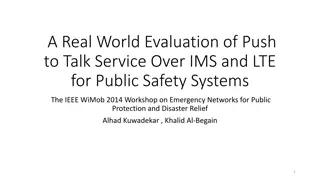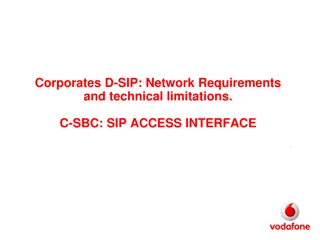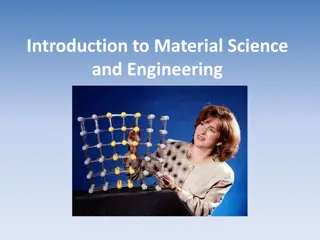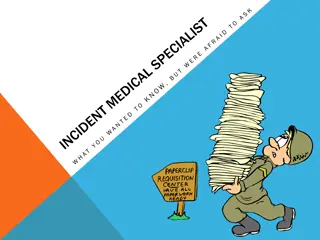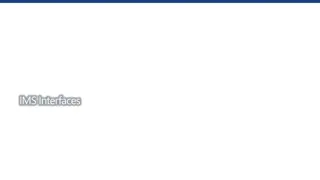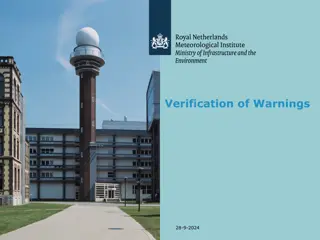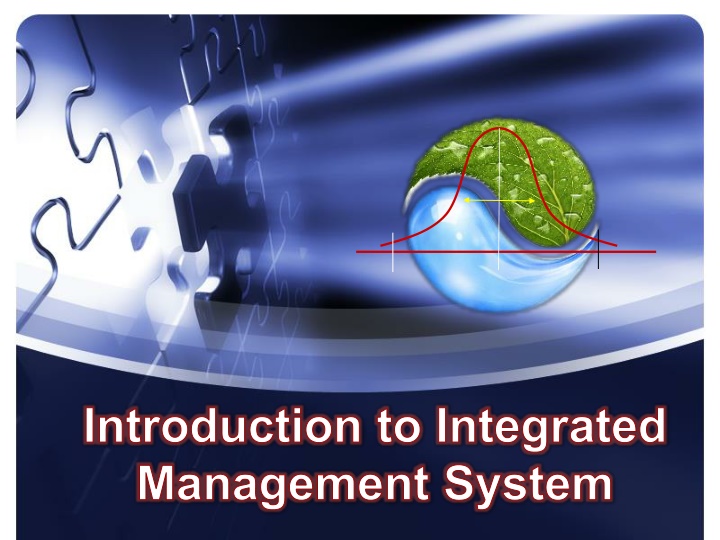
Integrated Management Systems for Business Success
Learn about the basics of integrated management systems, including what they entail, the typical structure, and the benefits they offer to organizations. Explore how integrated management systems can help businesses achieve their goals efficiently and effectively.
Download Presentation

Please find below an Image/Link to download the presentation.
The content on the website is provided AS IS for your information and personal use only. It may not be sold, licensed, or shared on other websites without obtaining consent from the author. If you encounter any issues during the download, it is possible that the publisher has removed the file from their server.
You are allowed to download the files provided on this website for personal or commercial use, subject to the condition that they are used lawfully. All files are the property of their respective owners.
The content on the website is provided AS IS for your information and personal use only. It may not be sold, licensed, or shared on other websites without obtaining consent from the author.
E N D
Presentation Transcript
Introduction to Integrated Management System
Course Outline Basics of ISO and Management Systems Basics of Integrated Management System Common elements that can be integrated
What is Management System? Framework of processes and procedures used to ensure that an organization can fulfill all tasks required to achieve its policy and objectives Are based on recognized/available/organization specific standards or best practices Reflect the company management s commitment Are dictated by customer or contractual requirements Are commitment to succeed in the marketplace When properly implemented and, with committed leadership, can contribute greatly to the success of businesses Could be self-declared or third party certified
What is Management System? QMS is a set of policies, processes, and procedures required for planning and execution (production/development/service) in their core business area of an Organization. EMS is that part of the overall management structure which addresses the immediate and long term impact of its products, services and processes on environment.
Typical Structure of Management System? Policy The Management System addresses the top, middle and lower managerial levels in the organization. Systems & Procedures Work Instructions
What do we mean by an integrated management system? Integrated means combined; putting all the internal management practices into one system but not as separate components. For these systems to be an integral part of the company's management system there have to be linkages so that the boundaries between processes are seamless. An integrated management system (IMS) is a management system which integrates all components of a business into one coherent system so as to enable the achievement of its purpose and mission.
Basics of Systems Integration Organizations may need many management systems depending upon their activities and requirements Can be without relationship amongst each other existing simultaneously Independently-implemented Independently-functioning Independently-managed systems Or can be integrated , sharing, where possible Common elements Common resources Common management
Basics of Systems Integration Other systems like TQM, Six sigma ISO 14001 OHSAS 18001 ISO 9001 Integrate as relevant, feasible and applicable By integration, the various systems serve their intentions but as a single functional management system
Why should management systems be integrated? Be consistent within the organization. Improve internal and external communication. Avoid duplication and gain cost savings. Reduce risks. Expose conflicting objectives. Identify and rationalize conflicting responsibilities and relationships. Gain a structured balance of authority/power. Focus organization onto business goals. Create a formalization of informal systems. Harmonize and optimize practices. Identify and facilitate staff training and development.
Which Management Systems standards can be integrated? Typically: ISO 9001 (Quality Management) ISO 14001 (Environmental Management) OHSAS 18001 (Occupational Health & Safety) ISO/IEC 27001 (Information Security) ISO 22000 (Food Safety)
Management System Targets QMS The Customer EMS Stakeholders, Regulators
Continual Improvement of the Quality Management System Management Responsibility Customers (and other interested parties) Customers (and other interested parties) Measurement, Analysis & Improvement Resource Management Satisfaction Requirements Product Realization Product Model of a Process-Based QMS
QMS Approach Customer needs & expectations Continual improvement Quality Policy & Objectives Corrective action Processes & responsibilities Applying measures Resources Establish methods to measure Such an approach is also applicable to maintaining and improving an existing quality management system.
EMS Model Environmental Policy Continual Improvement Management Review Planning Implementatio n & Operation Checking
EMS Implementation Cycle Environmental Policy Organization & Personnel Mgt Review Regulations, aspects & impacts EMS Audits Objectives & Targets Records Operational Control Management Programs Management Procedures
Common elements from different systems Policy Can be integrated across quality, environment and safety Can be common for corporate, multiple sites / locations Helps also in simplifying communication of the policy Initial reviews (and departmental reviews) Baseline monitoring and measurement Monitoring agencies / equipment Timing
Common elements from different systems Gap assessment and analysis Identification of quality / customer requirements, environmental aspects and risks Cause-effect relationships / brainstorming Reports Format and structure Legal and Other Requirements Common regulatory updates / reviews
Common elements from different systems Roles and responsibilities Common structure for R&R Similar tasks across systems could have common responsibility allocation MR could be common for at least QMS and EMS if practically possible Training and capacity building Combined needs assessment Timing and participation can be optimized
Common elements from different systems Awareness sessions for systems could be combined wherever possible Internal auditors can be trained on all 2 systems (combined auditors) Communication External and internal communication (respectively) can be integrated for the 2 systems - common procedures and protocols Formats, common channels of communication
Common elements from different systems Operation control Common metrics for measurement on quality and environmental parameters Process parameters Operating criteria considers all requirements Incoming material quality/product quality Customer satisfaction Environmental Performance Effectiveness of training across all systems
Common elements from different systems Audits Combined external and surveillance audits Combined internal audits / common internal auditors Common formats / audit checklists Staff downtime can be minimized Non-conformance and CAPA Self-NCRs Product not meeting customer requirements in terms of product or process requirements Nonconformance identified in audits Customer complaints
Common elements from different systems Incoming materials not meeting purchase acceptance requirements Accidents (and minor and major injuries) Breaches to legal and other requirements Deviations from procedures / emergency situations Management review meetings Combined review meetings Better and faster approvals / decision making Better coherence in decision making due to consideration of cross linkages Common review of policy and objectives








